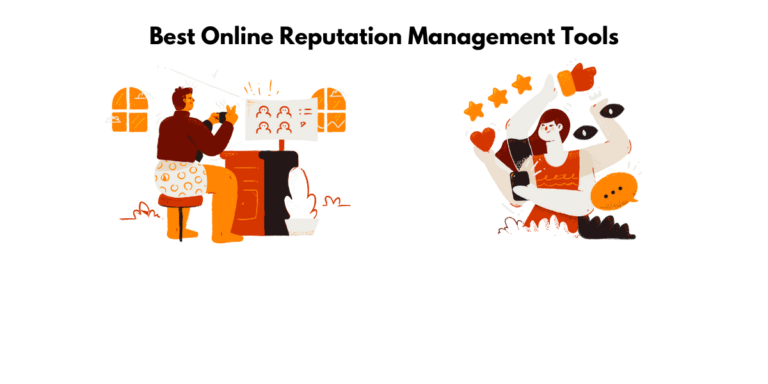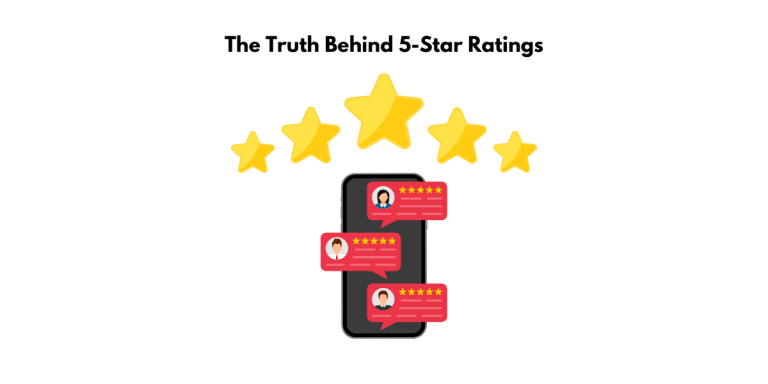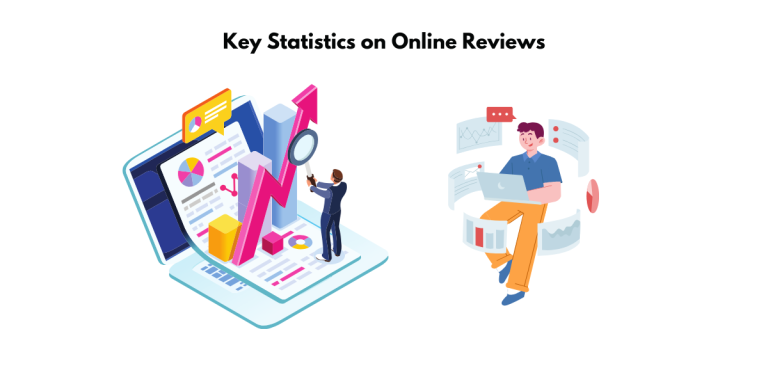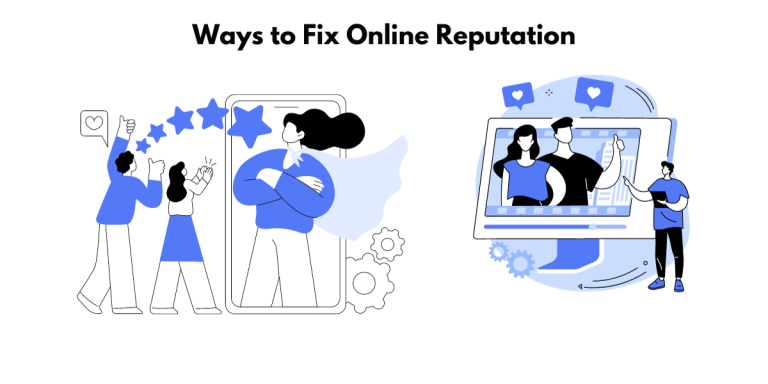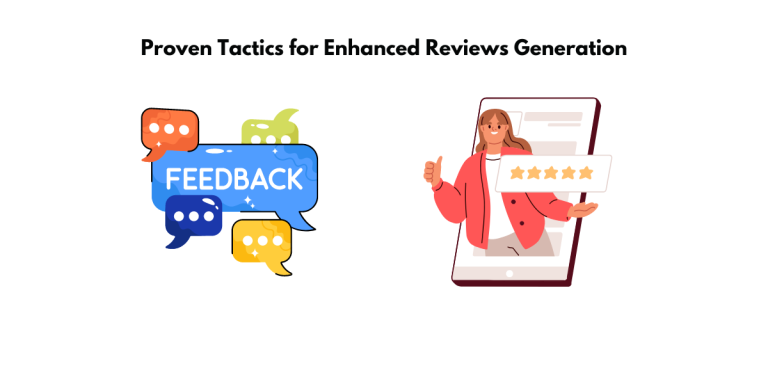How Do Micro Influencers Work?
Micro influencers are the new hot thing and can be found in all sorts of places. Micro influencers’ rise is a sign that marketers should focus more on them in the upcoming years.
Micro influencers are those with large followings on social media. But what sets them apart is their niche audiences. Some of their biggest audiences are within the specific niche they cover in that content and not just across a wide range of niches. This allows them to better engage with their followers and create more meaningful connections than someone who posts about random things. “Micro influencer” is sometimes shortened to “micropreneur.”
What is considered a micro influencer?

Micro influencers are social media users who have a relatively small following compared to other social media influencer jobs. They usually have between 3,000 and 100,000 followers or subscribers. Because of their relatively small following, micro influencers are often more affordable and easier to work with than traditional influencers. Additionally, because they have not reached “influencer” status yet, they may be more likely to work with brands that align with their values.
There are many benefits to working with micro influencers. They have a loyal following, which can be more beneficial when targeting a niche audience. Additionally, they are often more affordable than a larger influencer and can be more authentic because of their smaller following.
Why should you work with micro influencers to make your business a success?
There are many reasons why you should work with micro influencers to make your business a success. Firstly, they are much cheaper than influencers or celebrities. Secondly, they have a targeted audience that might be more interested in your product/service than the rest of the people online. Thirdly, collaborations with micro influencers provide ROI on invested money because they bring their personal touch to your marketing strategy. Fourthly, micro influencers have a lower engagement rate because they are more niche and vocal; however, this can also be seen as a positive thing as it means that their followers are highly engaged and committed. Finally, there is a negative correlation between interactions (likes and comments), which means that micro influencers get fewer likes and comments – but this could also mean that their followers are more likely to take action after seeing the post. In conclusion, working with micro influencers can help you reach new audiences while maintaining high levels of trust and engagement.
How to choose the right micro influencer?
When searching for influencers, it is important to make sure that the content one looks at is relevant to their niche. For example, if you are selling a product in the pet industry, it would be unwise to work with an influencer who primarily promotes health and fitness products.
Make sure to look at an influencer’s follower count and avoid working with shady service providers who represent micro or macro influencers on freelancing websites. It’s always best to vet any potential service provider before signing a contract.
Always monitor your campaign results for each macro or micro influencer you work with, as data-driven metrics are the best way of gauging performance and optimizing future campaigns. This will help you determine whether or not a particular micro influencer is worth working with in the future.
How do you contact micro influencers?
Regarding influencer marketing agency, it’s important to reach out to more people than you wish to partner with. This is because a smaller pool of potential partners means a higher chance of success.
Email is the best way to contact a micro influencer agency, but Instagram DMs are also a viable option. If you’re looking for a quick response, an email may be your best bet. However, if you have the time and want to build a more personal relationship, try sending them an Instagram DM.
Remember that not everyone with less than 100,000 follower count is considered a micro influencer – do your research!
What is micro influencer marketing?
Micro influencer marketing strategy is a form of marketing that uses individuals with a relatively small but highly engaged following to promote a product or service. These micro influencers may have fewer than 10,000 followers, but they boast high levels of engagement with their audience.
Because micro influencers are less expensive to work with than traditional celebrities or macro influencers, many brands are turning to them as a way to reach more consumers without breaking the bank. In fact, according to some estimates, businesses can expect to see an ROI as high as $6.50 for every dollar spent on a micro influencer marketing agency.
While working with micro influencers won’t generate the same reach level as partnering with celebrity influencers or macro influencers, it can be an effective way to build brand awareness and loyalty among a specific target audience. Consider working with some micro influencers if you’re looking for a cost-effective way to market your product or service.
What’s the difference between micro influencers and macro influencers?

There is no one-size-fits-all definition of an influencer. The term can describe anyone from celebrities and athletes to bloggers and social media personalities. However, when it comes to the distinction between micro and macro influencers, this is based on the number of subscribers they have, not their size as a community. Micro influencers typically have less than 50,000 followers, while macro influencers have more than 1 million followers. Another defining factor of micro influencers is that they are specialists in their specific field and often focus on just one niche or niche market. This allows them to build a deeper influencer relationship with their followers and create a more engaged community around their content. As a result, micro influencers can be more effective at promoting brands and products to their followers.
On the other hand, micro influencers have a much smaller audience base than macro influencers. However, micro influencers are likelier to engage with their audiences, and the level of engagement is generally higher than that of celebrities and stars on social media networks. Another difference between micro and macro influencers is that macro influencers are experts in their field. This gives them a low Cost per Mille (CPM), which is the cost of 1000 impressions. However, micro influencers must compensate for their lack of experience with strong follower engagement.
On the other hand, small influencers are seen as more relative, authentic, and accessible. They have a smaller but more engaged following, and their followers trust their recommendations more than macro influencers. As a result, using micro influencers can be more effective in helping to build your online brand reputation.
Micro influencers
Micro influencers have a smaller following than macro influencers but are more selective about the brands they partner with. Their engagement rate is a metric that can be used to measure the success of campaigns. A duet with a micro influencer is a strong indicator of how well your campaign performs.
Engagement rate – how many engagements a creator had out of their followers. Website traffic – if you’re using links to increase website traffic, watch your Google Analytics for changes in web visitors. Followers – tracking the number of followers during influencer campaigns can be used as a metric for increased brand awareness.
Macro influencers
Macro influencers are less popular but offer guaranteed viral outreach to a brand or business if managed correctly. They have better post engagement numbers than micros, but the cost is too high for most businesses to be worth it. Macro influencers have a larger audience size than micro influencers and are more likely to be chosen if the business values engagement rate and audience size. A macro influencer has a high number of followers. To find the right type of macro influencer, look for engagement rates and audience diversity. As with any form of marketing, it is always important that brands vet potential macro influencers before working with them to ensure they share the same values and goals. Because of their large following, macro influencers are always under fire for allegedly misleading their audience or even committing a crime; however, when used correctly, they can be an incredibly powerful tool for promoting your brand or product.
Who can benefit from micro influencing?
Micro influencing is a technique in which people use the power of social media to make small, seemingly inconsequential actions that build up to make big changes. These actions are often seen as harmless and are often used to try and get someone’s attention.
Tech companies
Micro influencing can be a great way for tech companies to promote their products. By working with micro influencers, these companies can reach a large audience quickly and easily. Additionally, micro influencers often have a high degree of trust from their followers, so they are more likely to trust the recommendations of these individuals.
Restaurants
Small businesses, such as restaurants, can benefit from micro influencers. These are multiple influencers who have a smaller following than those with a larger following. Micro influencers can help small businesses get more attention on social media. They can also help to create word-of-mouth marketing for these businesses.
Clothing brands
Clothing brands can greatly benefit from working with micro influencers. These influencers often have smaller but more engaged followings than celebrities or mega influencer. They’re also more likely to be open to collaborations that involve product mentions or giveaways. For example, fashion influencers love to share new looks with Instagram followers and get new inspirations for their wardrobes. As a result, they can be great ambassadors for your clothing brand.
Events
Public figures can be used as influencers for events. For example, a company hosting an event might reach out to a well-known individual to help promote the event. This is where micro influencing comes in.
Journalists are an example of people who could be identified as micro influencers. They have a large following on social media and are often looked to for advice or opinions on current events.
Micro influencing is a practice that helps small businesses connect with their customers. It starts by joining the Chaskis Academy, an online community of like-minded individuals looking for digital marketing advice and support from fellow members.
It’s free to join the academy, but there is a fee for receiving coaching from our instructors in person or over Skype. This allows businesses to get personalized attention and guidance from marketing and social media experts.
What’s the cost of using micro influencers for your campaign?

The cost of using micro influencers for your marketing campaign can vary greatly depending on several factors. The most important factor to consider is the engagement rate of the influencer. Another thing to consider is the size of their audience. Generally, the larger the audience, the higher the cost. When determining whether or not micro influencers are worth your investment, you must also consider the cost of time and resources needed to work with them. Keep in mind that for every five macro influencers there are twenty micro influencers. Before investing in an influencer marketing campaign, it may be helpful to test out working with a brand ambassador to see if there is a noticeable return on investment (ROI).
Hiring a dedicated influencer marketing manager
Hiring a dedicated influencer marketing manager can greatly improve your organization’s influencer marketing efforts. However, there are several things you should consider before doing so:
- Recruiting macro influencers is a full-time job.
- Negotiating with these influencers can be difficult and time-consuming, so ensure you have the resources available to do so effectively.
- Micro influencers are cheaper, but macro influencers can be more expensive.
- Working with micro influencers is much faster and easier since they have a smaller pool of potential customers to work with.
- The cost of influencer marketing is affected by several factors, with macro influencers being the most expensive.
Third-party services
When working with a third-party service, it’s important to understand the costs associated with their services. Third-party services may be more expensive than working with an in-house team, but they also have their entire career on the line. It’s important to consider the value of these services and whether they are worth the investment.
Content rights
When you work with a macro influencer, you must ensure that your contract includes everything from fees to content rights. This will help to protect both you and the influencer. Otherwise, you may find yourself in a situation where the influencer is no longer interested in working with you, or worse, they post content without your approval.
An influencer marketing network makes finding and working with micro influencers much easier. The influencer social media platform manages the content rights, making it simpler to work with an individual micro influencer. This can save time and money for brands looking to partner with multiple micro influencers.
What are the benefits of using a micro influencer?
Micro influencers are becoming increasingly popular in social media marketing a product or service. They have a high level of engagement with their followers and are seen as more authentic and engaging than traditional celebrities or macro influencers. Their reach is typically limited, with a smaller audience size, but they can effectively market to a specific niche.
Authentic engagement
When it comes to marketing, it’s more important than ever to have an authentic voice. Consumers are savvy and can see through a false persona or how to get sponsored post. This is where micro influencers come in.
Micro influencers have a smaller following, typically numbering in the thousands rather than the millions. Because of their smaller following, they’re less likely to fill posts with fake likes and comments. Their followers feel closely connected and invested in their success, which drives sales for the right product. In other words, when micro influencers recommend something, their followers trust them implicitly.
Can build brand ambassadors
Micro influencers are brand ambassadors before they become macro influencers. They have a smaller but more engaged following and can help to test if they’re authentic with the audience. Because their following is more intimate, micro influencers often generate higher conversion rates than macro influencers. Additionally, companies can exchange products or discounts in exchange for product placement in content created by micro influencers.
Micro influencers have higher ROI potential
Regarding right influencer marketing, micro influencers have a lot of potential for brands. This is because they have lower collaboration costs with their brands and higher engagement rates than macro influencers. However, this doesn’t always result in better results for a brand.
Based on data from our network, micro influencers’ engagement rates are 7%-20%. Micro influencers are cost-effective, with engagement rates often double those of macro influencers.
Better chance of reaching your target audience
A micro influencer is more likely to have followers that resonate with their content. A company has a better chance of reaching its target audience through a micro influencer than an influencer with a larger number of fake followers. An influencer’s popularity is determined by the size and type of their audience, making it hard to predict what percentage your target audience is.
Can assist in validating your target audience
Micro influencers can help you validate your target audience. They are people with a relatively small but highly engaged following. Therefore, they can help you test whether your product or service resonates with your target market. Additionally, micro influencers can help you define a funnel and scale it quickly.
Brands that work with micro influencers
Micro influencers are becoming more and more popular with brands for various reasons. They are often seen as more authentic than celebrities, and their smaller following can be more engaged. Micro influencers are often willing to work with brands for free or at a discount in exchange for product shoutouts or UGC creation. This content is incredibly effective in driving brand awareness and conversions.
In addition, micro influencers can help brands with their online reputation. A brand partner with a micro influencer selects a signature product to promote. Additionally, the brand can create influencer-specific coupons that will inspire the followers of the micro influencer to shop the product on their next purchase.
Coca-Cola
Coca-Cola is a brand that has been around for over 130 years. During that time, it has learned a thing or two about marketing and branding. One of the things it has learned is that partnering with micro influencers can be very powerful.
Miette is an example of a micro influencer with more than 36,000 followers on Instagram. Coca-Cola partnered with her for their micro influencer campaign, and she was able to help spread the word to her large audience.
Smaller influencers are effective in long-term relationships because they have credibility with their followers. They also work best with small, niche audiences, which can be more difficult to reach through traditional advertising.
Coca-Cola benefits from a decades-long relationship with this celebrity influencer and her audience. ASOS is another brand that understands the power of working with micro influencers. It uses Instagram, Pinterest, Facebook, and ASOS’s platform to connect directly with its followers and allow them to buy the outfits they see on a blog post from their favorite bloggers and celebrities.
ASOS
ASOS is a brand that has started partnering with micro influencers. ASOS finds micro influencers on Instagram and uses them to provide style tips to their followers. Brands choose to work with micro influencers because they are more affordable than celebrities and have a higher engagement rate on social media platforms. In addition, brands can use their platform for this strategy. For example, ASOS has an Instagram influencer account at @asos_syana, where it promotes its campaign with micro influencers.
Daniel Wellington
Daniel Wellington is a brand that uses micro influencers to increase its reach. The company offers free watches and discounts to influencers to incentivize them to post about the product. Daniel Wellington also uses fashion bloggers as a product placement strategy. By doing this, the brand can target a specific audience and create relevant content. Brands are increasingly using micro influencers on Instagram to share this type of content creator with their followers.
- Uncovering Fake Google Reviews: The Real Story Behind 5-Star Ratings - December 4, 2024
- How to Skyrocket Online Reviews: Expert Strategy Insights in Getting Reviews - August 23, 2024
- Discover Five Unique Strategies to Elevate Your Small Business Growth - April 30, 2024


